Mention that you are going on a trip to Tajikistan, and the first question you are likely to be asked is: “Where is that?” The former Soviet Union republic’s most notable, and arguably notorious, neighbour is Afghanistan, which occupies its southern boundary. China lies to the east and Kazakhstan further to the north. Less than half the size of the UK, this little-known country may seem like an unusual hunting destination, but spend any time hanging around the international airport in Dushanbe and you will soon spot the tell-tale signs – khaki, camo, gun cases and hunting industry brand names adorn hats and clothing across an international mix of people.
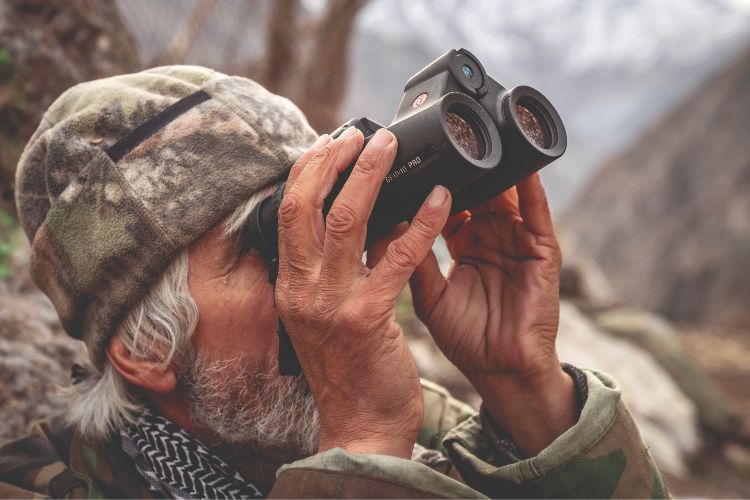 Arriving passengers are being eagerly greeted and those departing are waiting patiently in content exhaustion; their time in Tajikistan is over and they will likely never be the same. The memory of the mountains will remain a part of them for ever.
Arriving passengers are being eagerly greeted and those departing are waiting patiently in content exhaustion; their time in Tajikistan is over and they will likely never be the same. The memory of the mountains will remain a part of them for ever.
The notion that ‘hunting is conservation’ is freely bandied about in the international hunting community, often with little thought as to what it really means. Hunting certainly can be conservation, but it isn’t by default. However, the emergence of hunting tourism in Tajikistan marked the beginning of one of the world’s greatest modern conservation success stories.
When the Soviet Union pulled out of Afghanistan, retreating through Tajikistan in the late 1980s after signing a peace accord, it left a trail of munitions strewn across the landscape. And like this abandoned Russian armour, the wildlife in the region was also reduced to ashes. A period of civil war in Tajikistan followed in the early 1990s, compounding the effects of regional poverty. At the same time local people took advantage of the access to guns and ammunition, which brought into reach the abundant mountain game. For locals this was a food source that was available from their back door. Speak to people who lived through that period and they will tell you that simple survival was a daily challenge.
Pressure on mountain game quickly resulted in declining populations, with some barely holding on. This added stress to predator populations, most notably the snow leopard, which in that period were regularly hunted for their skins by groups of Afghans crossing the border.
The powerful Panj river marks the border between Tajikistan and Afghanistan in the western Pamir mountains. In 2021 the Tajikistan government cut the internet cable along this entire border region, not wanting to allow ISIS easy access to communications. Today, therefore, this area is largely a dead zone, with no cell signal and valleys so steep it’s often impossible to get a satellite phone signal.
It also happens to have some of the best hunting in Tajikistan, thanks to the concerted and continued effort of one conservation-minded family. By harnessing the economic benefit of international hunting dollars they have worked to recover game species in the region. The terrain, wildlife and conservation element also make it the perfect place for a truly tough hunting experience, stressing you and your equipment further than you might have believed possible. This is not a place for the faint of heart.
In early 2022 a group of hunters from the USA made this journey, landing in Dushanbe before taking a five-hour drive to the Afghanistan border region and the heart of a 35,000 hectare protected conservation area.
Hunting legend Craig Boddington had joined David Draper, editor-in-chief of Petersen’s Hunting, along with Ryan Trenka from Leica and Neil Davies from Hornady. They would all be putting FORLOH’s latest mountain apparel to the test, along with the new, lighter, more advanced and more compact Leica Geovid Pro 32 and Hornady’s latest CX non-lead ammunition. What they hadn’t anticipated was just how much the trip would also test their bodies. For the next six days they would venture in search of Asiatic ibex, with each hunter hoping to find an appropriately aged male to bag the last four animals available in that season’s quota.
The first day was a calm affair, with the men settling into the basic but sufficient off-grid accommodation nestled among a small gathering of houses. Electricity and hot water were afforded by solar power, and the majority of the food consumed that week was sourced from the surrounding land. A couple of hours at the shooting range assured everyone that their rifles had travelled without incident.
It was also a last opportunity for Ryan to help the team fine-tune their ballistic solutions. Using a Geovid Pro 32 in conjunction with a Leica Amplus scope, each hunter had an enviably simple ‘range and adjust’ solution when hunting.
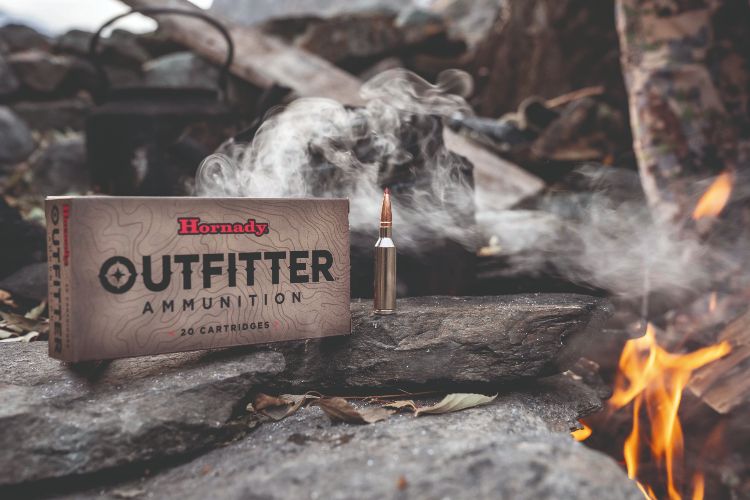 With the ballistic coefficient data for the new, more efficient, and accurate Hornady CX ammo correctly input, along with individual muzzle velocities, the internal Applied Ballistics software of the Leica binoculars outputs a scope adjustment for the shooter. This also takes account of environmental variables such as altitude. The hunter makes the relevant adjustment on the scope, and then it’s up to him to deliver a true shot. After two hours, with successful extended range confirmation shots out beyond 400m, everyone was able to sleep that night feeling confident that their equipment was going to do its part.
With the ballistic coefficient data for the new, more efficient, and accurate Hornady CX ammo correctly input, along with individual muzzle velocities, the internal Applied Ballistics software of the Leica binoculars outputs a scope adjustment for the shooter. This also takes account of environmental variables such as altitude. The hunter makes the relevant adjustment on the scope, and then it’s up to him to deliver a true shot. After two hours, with successful extended range confirmation shots out beyond 400m, everyone was able to sleep that night feeling confident that their equipment was going to do its part.
The next day came swiftly, long before the sun cast its first rays on the land. With each hunter accompanied by his own team of guides, everyone set off at staggered times depending on how far they had to travel. Their day would begin by marching along the valley floor illuminated by the narrow beam of headlamps. The first checkpoint would be a location identified by scouts the previous day, ranging from an hour’s steady walk to a three-hour slog, post-holing frozen, cavernous snowbanks.
Progress often involved traversing scree slopes, which required the use of hands as well as feet to avoid tumbling down. Any unlucky soul who fell would be tossed among the boulders below like a dollop of salsa. On getting to the destination it was then a waiting game, allowing the light to lift enough for the careful and considered scouting of the jagged grey peaks.
Owing to the establishment of the M-Sayod markhor conservancy by Devlatkhan Mulloyorov in 2005, these valleys are now home to growing ibex and Bukharan markhor populations. Mulloyorov created a system whereby there was more value for local people in protecting wildlife than using it as a food source alone. With a compensation system and jobs as guides, porters, cooks and drivers, this shift soon reaped rewards. There were scarcely 40 markhor in the area when the reserve was created; ibex numbered little more. Today this area not only boasts more than 800 markhor, but they also have some of the biggest heads in the world.
The only way to train for this type of terrain is to be in it. After day one, every hunter in the group was feeling that fact acutely. After enduring a succession of rolling weather fronts, driving rain, sleet and wind, each person had tales of spotting ibex and some had even pushed on for a stalk. But no one had quite managed to cut the distance, or the animals had turned out to be too young. At 4am the next day they would do it all again.
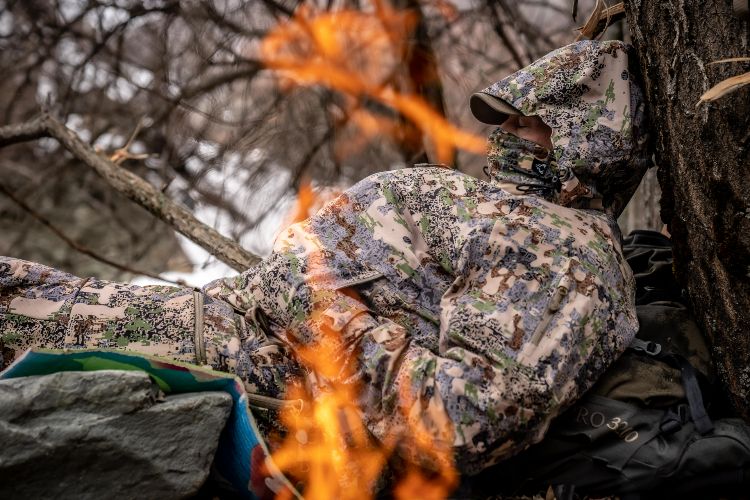 While most community-run hunting conservancies in Tajikistan will be issued with two to four government markhor permits, here 12 are granted owing to the enviable conservation success. Ibex have also thrived, occupying slightly different and often lower terrain than markhor, with a stable population of more than 400. Countrywide, the International Union for Conservation of Nature (IUCN) estimate that more than 20,000 community members are supported by similar hunting initiatives, contributing to the steady increase in wildlife populations.
While most community-run hunting conservancies in Tajikistan will be issued with two to four government markhor permits, here 12 are granted owing to the enviable conservation success. Ibex have also thrived, occupying slightly different and often lower terrain than markhor, with a stable population of more than 400. Countrywide, the International Union for Conservation of Nature (IUCN) estimate that more than 20,000 community members are supported by similar hunting initiatives, contributing to the steady increase in wildlife populations.
However, it’s not just game species that have benefited. As the ecosystem has recovered through the protection afforded by hunting dollars, apex predators have also returned, with spoor and scat from bears and wolves frequently being encountered in the mountains. The elusive and globally endangered snow leopard has also bounced back, in step with the increased prey numbers, although they remain protected. It may require the fortune of the gods to see one, but their abundant presence is betrayed by the numbers of markhor kills found in the mountains.
Mulloyorov was immensely proud of the snow leopard recovery in his area and boasted that the numbers have continued to increase, rising from a known six animals in 2013 to more than 10 today. According to Khalil Karimov, a biologist from the Association of Nature Conservation Organisations, there are fewer than 7,000 snow leopards across Asia, but only in Tajikistan is the population steadily increasing, which is largely attributed to the community-based hunting conservation areas.
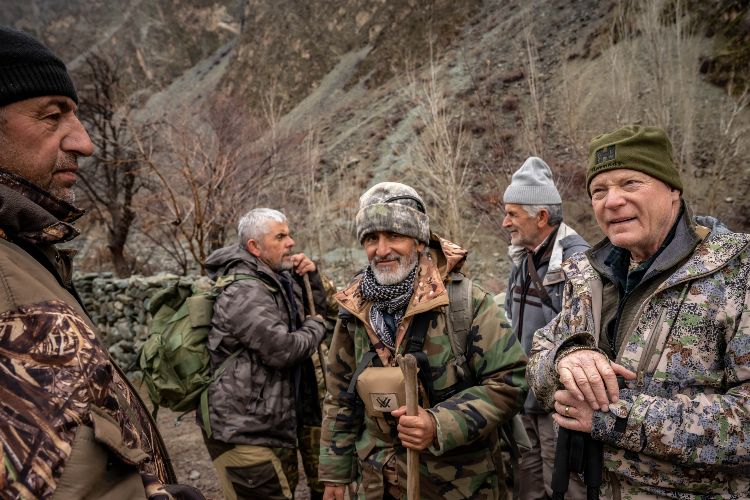 The mountains in Tajikistan are about as steep as one can traverse without the need for ropes, although some in the group may argue that they crossed that threshold on numerous occasions. The guides appeared as at home on the jagged peaks as the ibex themselves, balancing on the precarious narrow paths and accents with ease. They had called these valleys and perilous ranges home for generations, creating intricate water diversions from high altitude rivers to irrigate crops and provide drinking water throughout the year. The harsh, unforgiving landscape of strewn rock fields provided the building material for shelter, and their simplicity of needs allowed them to grow and rear most of the food they consumed.
The mountains in Tajikistan are about as steep as one can traverse without the need for ropes, although some in the group may argue that they crossed that threshold on numerous occasions. The guides appeared as at home on the jagged peaks as the ibex themselves, balancing on the precarious narrow paths and accents with ease. They had called these valleys and perilous ranges home for generations, creating intricate water diversions from high altitude rivers to irrigate crops and provide drinking water throughout the year. The harsh, unforgiving landscape of strewn rock fields provided the building material for shelter, and their simplicity of needs allowed them to grow and rear most of the food they consumed.
This terrain was worn into their history and their faces. For outsiders it was a hostile environment, but each day built on the confidence gained from the last. Some of the hunting party would go beyond what they thought they were physically capable of.
Craig was the first to return triumphant, successfully claiming the first ibex ram of the group. With his shot landing squarely behind the shoulder at 250yd, the 6.5 PRC loaded with Hornady Outfitter CX ammo swiftly delivered the ram’s final breath. Taking only a few staggering steps from where it stood, the ibex collapsed, rolling down the side of the valley with increasing speed until it was caught up in rocks after 70yd. Recovering the bullet on the offside, just under the skin, Craig got a first look at the terminal performance of Hornady’s new offering. It was a textbook, four-petalled mushroom, which was later found to have a weight retention of more than 99%. Only the plastic ballistic heat shield tip was missing.
As the days rolled by, more successes came. Having endured two days of near-continuous climbing, Neil found himself closing in on a 13-year-old, 117cm ram. After cutting the distance on all fours through chest-high snow, a shot just on 400yd would end his quest. The required elevation adjustment flashed through the glass with one press of the range button on his Leica 8x32 Geovid Pros. Swiftly adjusting his scope, only a trigger squeeze was left. Well into the darkness, Neil’s party returned home, a magnificent ram marking the pinnacle of his trip.
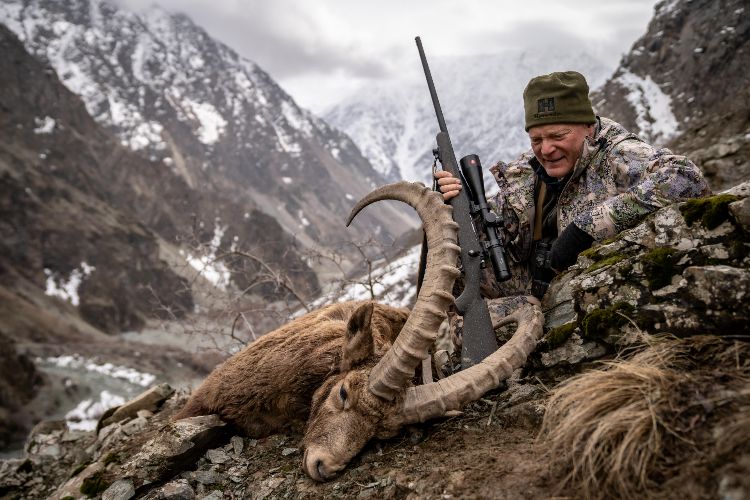 In the final hour of the final day, after a momentous effort from Ryan, with the highest assent of anyone during the week, he claimed the largest ibex of the trip — a magnificent 122cm ram. David, despite making several lengthy stalks to potential rams, was destined to leave Tajikistan without fulfilling his ibex dream.
In the final hour of the final day, after a momentous effort from Ryan, with the highest assent of anyone during the week, he claimed the largest ibex of the trip — a magnificent 122cm ram. David, despite making several lengthy stalks to potential rams, was destined to leave Tajikistan without fulfilling his ibex dream.
To a man, Tajikistan left a lasting impression, burning a desire for adventure ever deeper into the minds of everyone that week. The kindness and hospitality of the people there, and their dedication to the wildlife, will forever shape the experience of visitors. Only a few kilometres down the road, the dark, menacing flag of an ISIS-claimed village flew on the opposite side of the river, but this did not define the people here. They are of the mountains, and all who make the pilgrimage are welcomed as brothers.
Kit bag
Hornady Outfitter CX ammunition
www.hornady.com
Leica Geovid Pro 32 binoculars in 10x32
Leica 3-18x44 Amplus 6 riflescope
Leica 2.5-15x50 Amplus 6 riflescope
Leica 82mm APO Televid spotting scope
leica-sportoptics.com
FORLOH Mountain Apparel
www.forloh.com